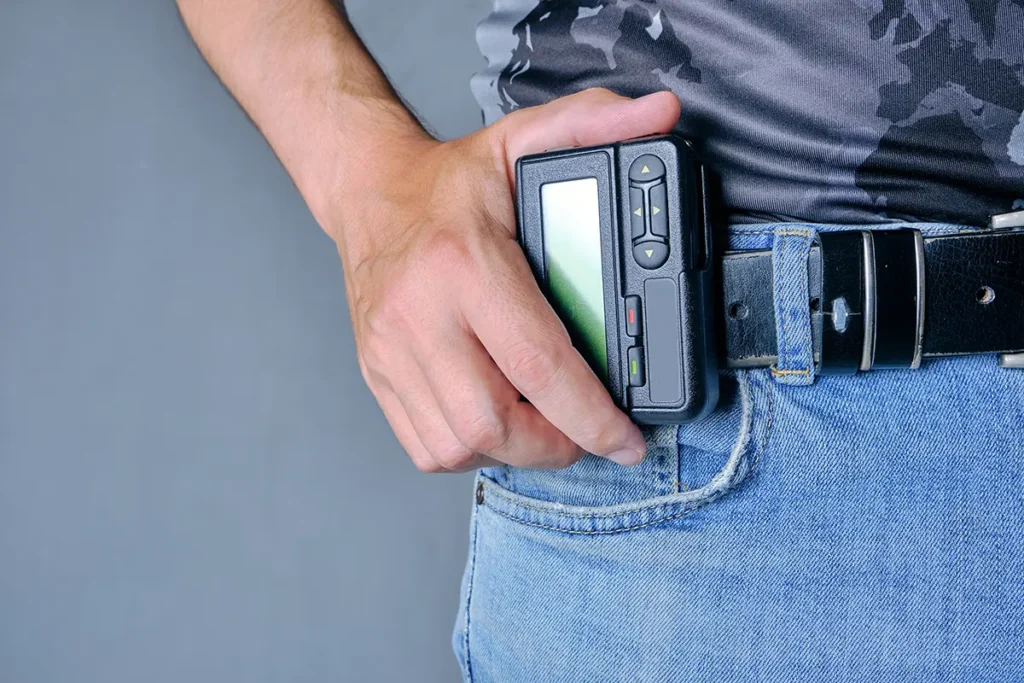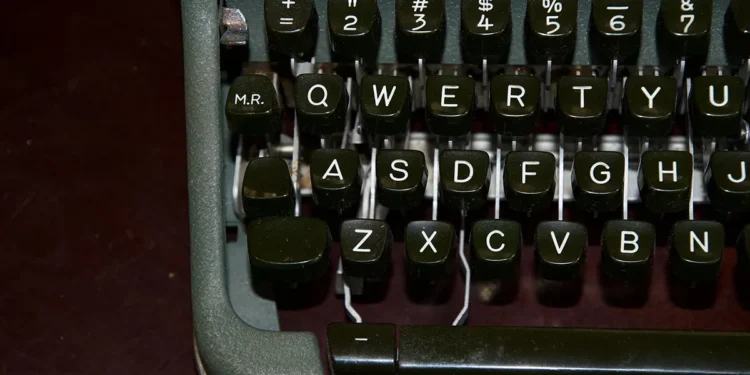In an age where technological advancements continue to reshape our world, some might wonder how certain relics of yesteryears manage to persist in our lives. The continuous evolution of gadgets and tools has undoubtedly dominated modern lifestyles. Yet, certain traditional inventions refuse to fade into obsolescence. They not only possess a lasting legacy but also demonstrate an enduring utility, cultural significance, and unique charm. Let’s delve into these time-tested masterpieces.

The Timeless Abacus: From Ancient Counting to Modern Calculations
In today’s digital age, our primary calculative tools are smartphones and computers. However, the age-old abacus stands its ground with pride. Celebrated by countries like China, Japan, and Russia for both its functionality and cultural symbolism, the abacus resonates with tens of millions globally. The roots of this device can be traced back to the Cypriot island of Salamis in the 4th century, where an archaic counting board emerged. Across the sands of time, various civilisations have crafted their unique arithmetic tools, but the abacus remains unparalleled.

Pagers: The Unsung Heroes of Emergency Communication
The inception of smartphones might have made one predict the end of pagers. But for professions demanding immediate response, such as doctors, paramedics, and lifeboat crews, the pager’s unmatched reliability, superior battery life, and resilience make it irreplaceable. By eliminating the clutter of multi-functional features present in smartphones, pagers offer focused, distraction-free communication.

The Car’s Iconic Cigarette Lighter: More Than Just a Lighter
Within the digital cockpit of today’s cars, the classic cigarette lighter stands out, a testament to its enduring design. Initially patented by the Connecticut Automotive Specialty Company in 1928, it’s a component that has shown remarkable adaptability. While its primary function might be antiquated, its presence persists, now serving as an additional charging port for various devices.
QWERTY Keyboard: A Typing Tradition Since the 19th Century
Envisioned by Christopher Latham Sholes in 1867, the QWERTY keyboard’s layout became a cornerstone in computing and communication. Though alternative designs like August Dvorak’s keyboard emerged in 1932, the QWERTY layout remained the favourite, even for nations using the Latin script. Sholes might not have foreseen its lasting influence, but the QWERTY keyboard’s presence in our work and leisure is undeniable.

The Enduring Analogue Clock: A Blend of Art and Functionality
The rise of the digital era in the 1950s sparked predictions of the analogue clock’s decline. Yet, its charm remains untouched. Beyond its aesthetic appeal, the analogue clock is essential for teaching time and has been recognised for aiding individuals with ADHD. Digital alternatives might abound, but the analogue clock’s elegant design and functionality hold a special place in our hearts.
While the wave of technology sweeps in newer inventions, some traditional tools and devices manage to defy the odds. Their lasting relevance is a tribute to their impeccable design, adaptability, and significance in human history. These time-tested inventions remind us that not all that is old is obsolete; some truly stand the test of time.










